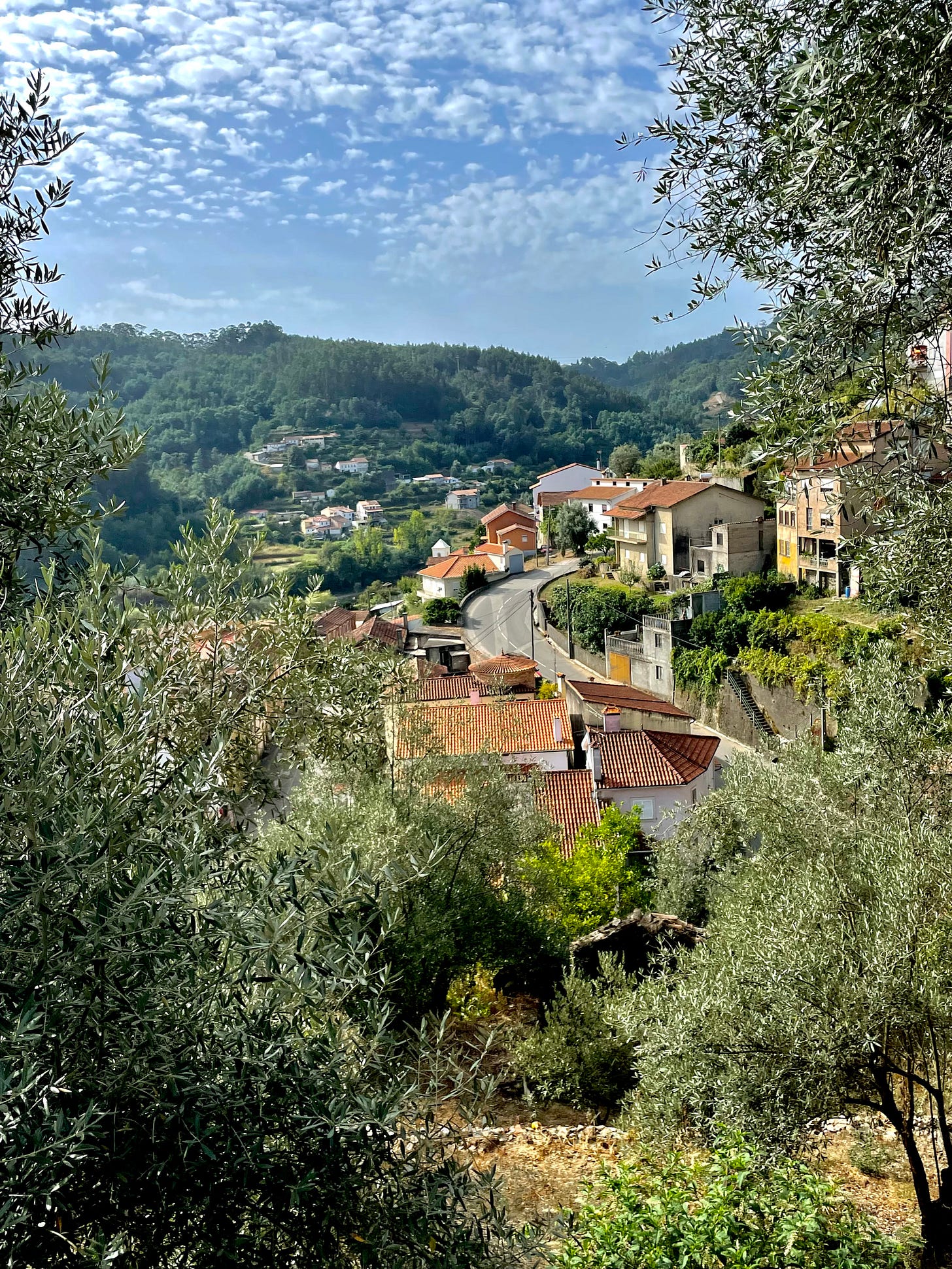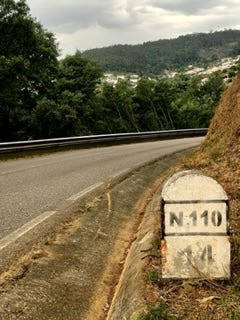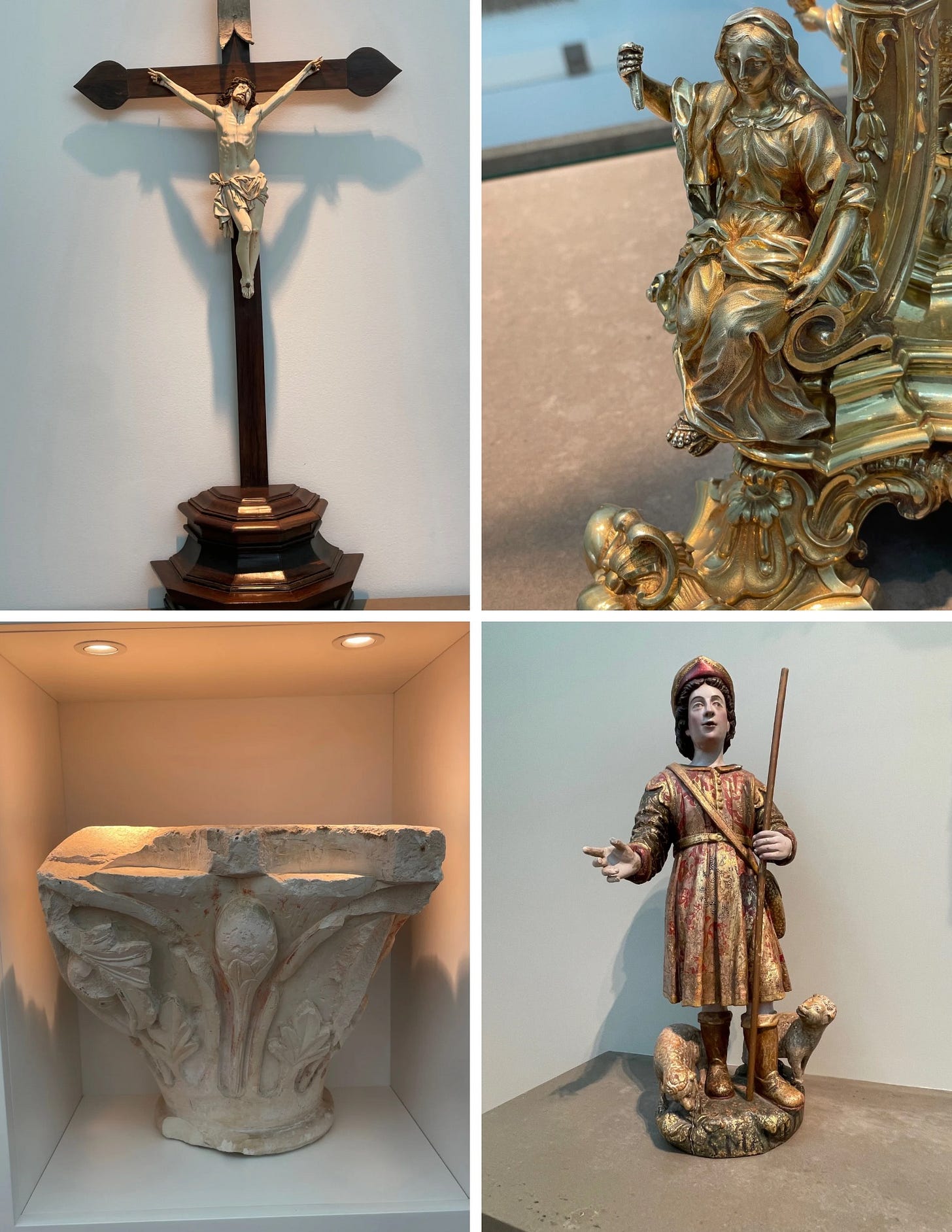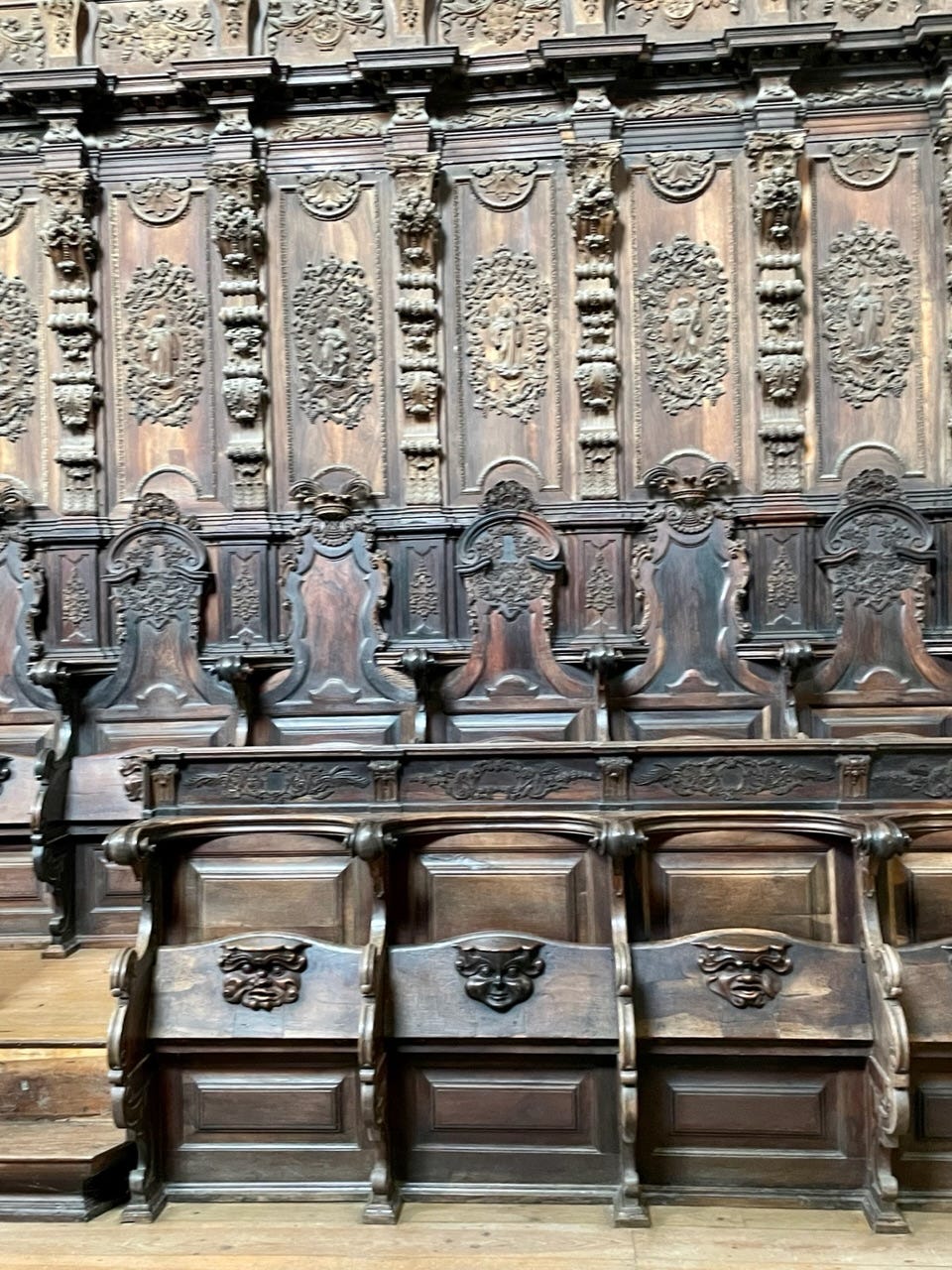I’ve gotten lost so many times in the mountains around Coimbra, I’m beginning to feel at home. If that makes any sense. Almost every lane, trail, and beco seems familiar because I have been here before. Although the scenes are familiar, like pieces of a map, the fragments defy any sequence because they reside in the trash drawer of my memory. The scenes aren’t trash; my memory banks are a little disorganized.
Why, you may ask, don’t I use a GPS or at least my phone apps to track where I am or maybe, just for a change, actually plan a destination?
First of all, it would be boring, even if it did work out. Let’s face it, I’m essentially going in a circle anyway. No matter where I go on these day rides, I’m planning on being home for dinner. And I actually do believe it’s the JOURNEY, not the DESTINATION.
Besides, those automaton GPS voices are kind of spooky, if you believe any of the gloom and doom articles about artificial intelligence (AI). I mean the people at Google and ChatGPT who birthed this monster are telling us that AI is an existential threat to the EXTINCTION of humankind.
Where was I? Oh yes, lost in reverie and that particular destination today turned out to be Lorvão. I didn’t set out to go there, but on the way along HWY 110 and the Mondego river, I saw a turn off I hadn’t explored before, or rather didn’t remember exploring before. But more than a few things looked familiar as I was trying to loop back to Coimbra without re-tracing my outgoing path. I do this frequently, enjoying the sweeping switchbacks leading back into the northern part of Coimbra. A physical metaphor at the end of these meanders.
Next thing I knew, I was in Lorvão. A local came up to me when I turned off the engine and asked if I needed help. I guess I look lost even with my helmet on. A friendly spirit, he told me what Lorvão had to offer and suggested a better place to park.
And that’s how I wound up in a Monastery, on tour with a knowledgeable young woman who enjoyed sharing her considerable knowledge about the history of a Holy place that goes back to 600 A.D. This is the third iteration of a structure gone to ruin and complete destruction twice, as wars, Holy and otherwise, tried to erase it from existence. It was going down for the third time before being resurrected and is still a work in progress.
Some of the displayed artworks and archaeological artifacts are world-class..
The chancel of the lower-choir is a notable work in Portugal of 18th century wood carving, made of rosewood and walnut, with high backs and decorated with figures of the holy martyrs, surrounded by foliage. The individual detail of each carving is amazing and there must be 100 or more.
The double-facade organ, built by António Xavier Machado Cerveira is quite unique, stark in its monotone contrast to the more common Baroque organs in many Portuguese churches.
And the paintings by Pascoal Parente on wood rival canvasses in the Louvre.
I was inspired by what I found in Lorvão, but I’m sure I wasn’t the first or last lost soul finding something there, something spiritual he didn’t even know he was looking for.
Unlike the frenetic pace of museum assaults in Paris, my wanderings were in up close and personal range of incredible treasures and allowed a back and forth exploration unlike any previous experience. Take a close look at the wood figure above, St. Mamede, and the fine detail of the gold brocade painted fabric; it is stunning.
And my young docent, leading me through the expositions, frequently disappeared, like a ghostly apparition inspired by the spirits of the Blessed Teresa, the daughter of the second king of Portugal. A spiritual experience. First I was lost …and then I was found. In Lorvão. Find it; it’s worth the journey.











